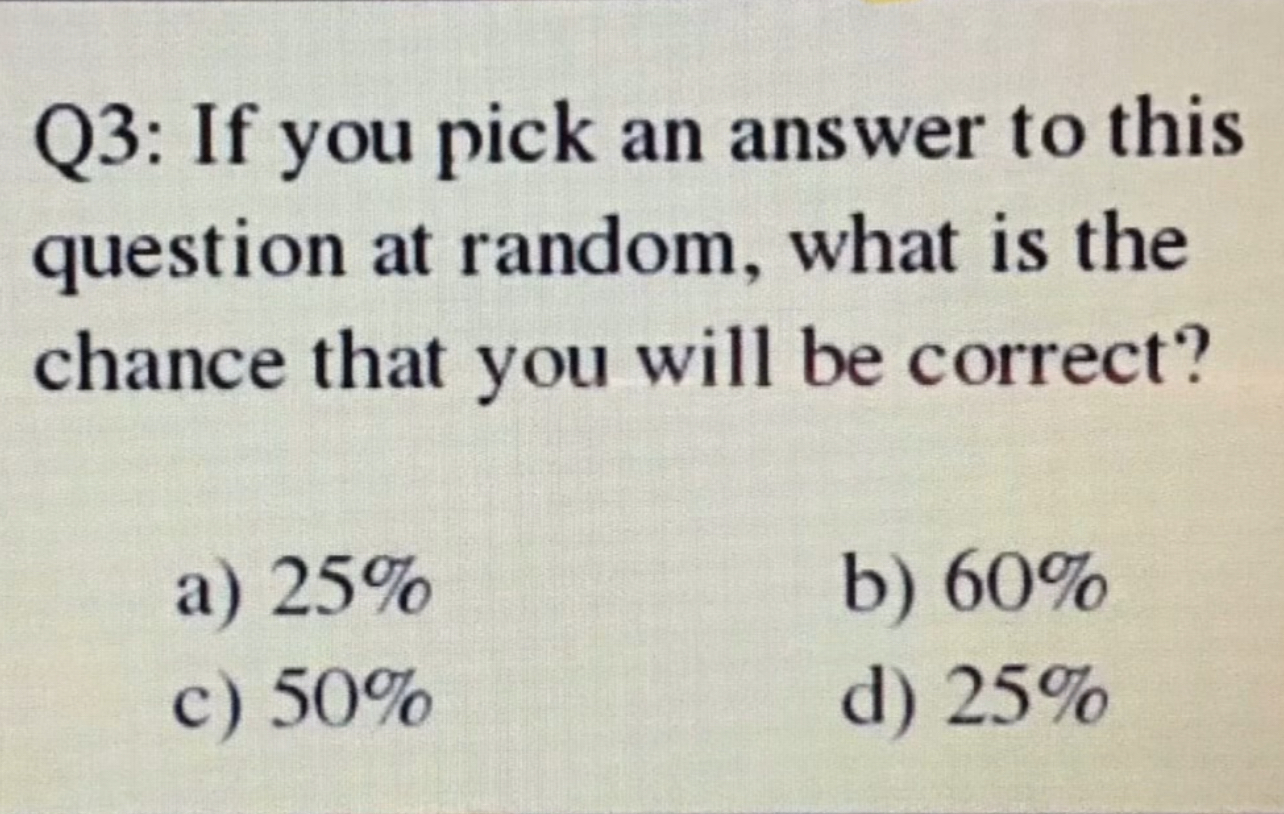this post was submitted on 06 May 2025
623 points (97.4% liked)
Science Memes
15370 readers
1792 users here now
Welcome to c/science_memes @ Mander.xyz!
A place for majestic STEMLORD peacocking, as well as memes about the realities of working in a lab.

Rules
- Don't throw mud. Behave like an intellectual and remember the human.
- Keep it rooted (on topic).
- No spam.
- Infographics welcome, get schooled.
This is a science community. We use the Dawkins definition of meme.
Research Committee
Other Mander Communities
Science and Research
Biology and Life Sciences
- [email protected]
- [email protected]
- [email protected]
- [email protected]
- [email protected]
- [email protected]
- [email protected]
- [email protected]
- [email protected]
- [email protected]
- [email protected]
- [email protected]
- [email protected]
- [email protected]
- [email protected]
- [email protected]
- [email protected]
- [email protected]
- [email protected]
- [email protected]
- [email protected]
- [email protected]
- [email protected]
- [email protected]
- !reptiles and [email protected]
Physical Sciences
- [email protected]
- [email protected]
- [email protected]
- [email protected]
- [email protected]
- [email protected]
- [email protected]
- [email protected]
- [email protected]
Humanities and Social Sciences
Practical and Applied Sciences
- !exercise-and [email protected]
- [email protected]
- !self [email protected]
- [email protected]
- [email protected]
- [email protected]
Memes
Miscellaneous
founded 2 years ago
MODERATORS
you are viewing a single comment's thread
view the rest of the comments
view the rest of the comments

This is a self-referential paradox — a classic logic puzzle designed to be tricky. Let’s break it down:
Step-by-step analysis:
How many choices? There are 4 possible answers, so if we pick one randomly, the chance of picking any specific one is 1 in 4 = 25%.
How many answers say “25%”? Two.
That means the probability of randomly choosing an answer that says “25%” is 2 in 4 = 50%.
But if the correct answer is 50%, then only one option says “50%” — which is (c). So the probability of picking it at random is 1 in 4 = 25%, contradicting the idea that 50% is correct.
If the correct answer is 25%, then two options say that — a and d. So the chance of picking one of those at random is 50%, not 25% — again a contradiction.
Similarly, if 60% is correct (only one option), then the chance of picking it randomly is 25%, which again makes it incorrect.
Conclusion: Any choice leads to a contradiction. This is a self-referential paradox, meaning the question breaks logical consistency. There is no consistent correct answer.
You had to show off, huh
The comment - which isn't edited - uses
(c).Whatever client you use replaces/renders (c) [bracket c bracket] as ©.
Huh. I think it was just the web version of Lemmy. Weird choice by the Lemmy devs.
(tm)